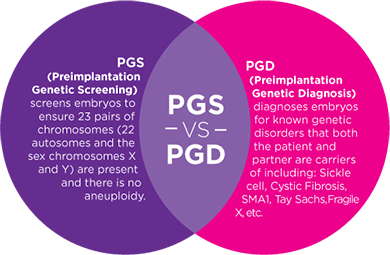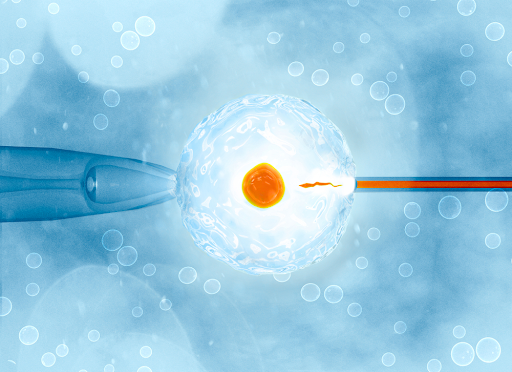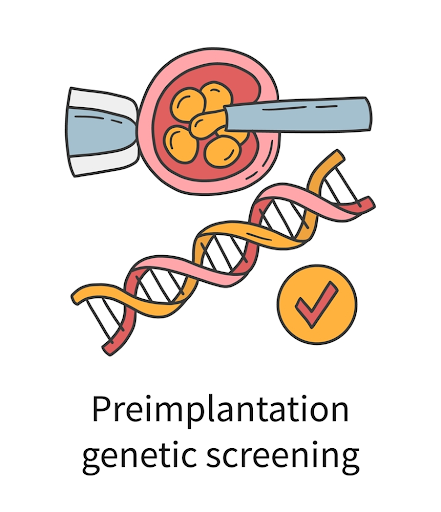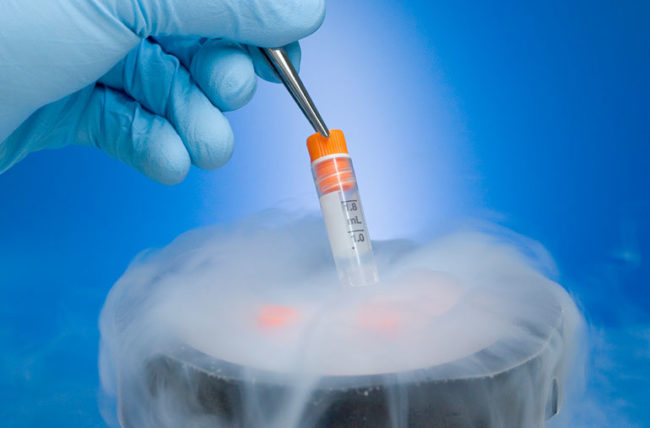Can You Choose Gender Through IVF?
Overview
When faced with IVF, most expectant parents usually ask: can you choose gender through IVF? It can be for personal or medical reasons. Some parents might want to select their baby’s sex because of family balancing, where after having many children of the same sex, they desire children of different sex. Meanwhile, other parents may have an emotional bias toward one sex and desire children of that particular sex more than the other sex. Some parents’ reason for a preference for one sex over another may be medically induced, as they are trying to avoid certain genetic disorders which may affect or are more severe in one particular sex.
The selection of a particular sex may then reduce the possibility of having a child with a genetic abnormality and the need for special medical care. It is also possible for parents who have lost a child tragically to prefer their next child to be from the same sex as the lost child. Most medical professionals believe that sex selection done to avoid health complications is ethical, whereas the choice of sex for other social reasons is controversial. Others believe that the entire practice of IVF and the accompanying procedures like sex choosing and the use of science to prevent possible medical problems are unethical.

What are the processes involved in IVF?
IVF is a procedure that is quite lengthy and may take weeks to months complete. There is no 100% assurance that couples will get pregnant when using IVF, but it greatly improves their chances. Before the IVF procedure commences, the couple is subjected to a wide range of tests. This includes screening for infection, sperm analysis, ovarian reserve analysis, uterine cavity testing, and mock embryo transfer. After these tests have been done and the couple deemed appropriate to undergo the procedure, they then start the process of IVF. These steps include:
- The woman is administered fertility medications, which are designed to stimulate the ovarian follicles and boost egg production. It is done to ensure that several eggs get ovulated in one cycle. During this process, a transvaginal ultrasound is used to evaluate the ovaries during this stage; blood tests are also done to assay the hormonal levels.
- The eggs are then extracted in a minor procedure where a needle is used to aspirate or extract the mature eggs from the ovaries. In most cases, the woman is anesthetized during the procedure, and an ultrasound is also used to aid the extraction.
- After the extraction, the male then provides a sperm sample, which is then mixed with the extracted egg to achieve fertilization. If the sperm had been donated before the extraction, they are unfrozen and then used the same way.
- The eggs and the sperm are usually mixed and left in the lab for a few days to give enough time for fertilization to occur. In the case where the sperm has a poor chance of fertilization due to one factor or another, intracytoplasmic sperm injection may be done. This is where a single sperm is inserted directly into the egg, the egg is then constantly monitored to ensure fertilization.
- Embryo transfer is done after fertilization has occurred and the fertilized eggs undergo cell division, forming an embryo. These embryos are then implanted into the uterus in 3-5 days. The higher the age of the female the more the number of embryos that are implanted into the uterus. But to avoid multiple births, the number of transplanted embryos must be limited.
Sex selection using IVF

On its own, ordinary IVF does not say anything about the sex of an embryo. However, couples have the option of adding a screening phase to their IVF cycle. These screenings can help to detect a lot of things about the embryo before implantation, including the sex of the embryo. Pre-implantation genetic screening (PGS) is a sort of a more broad screening method that involves the extraction of one cell from the embryo and examining chromosomes. The embryo is frozen while the examination is being done. This examination helps doctors in determining the most viable embryos, which embryos have genetic defects, and the sex of the embryo.
How can the sex of a baby be selected?
As the sex of a baby is mainly determined by the sperm of the male, the sperm must be separated into male and female sperm in a process known as sperm sorting. It can alternatively be done using a technique called pre-implantation genetic diagnosis (PGD). A lot of parents prefer PGD as it allows them to select which embryos get implanted back into the uterus. The process is mainly used to check for genetic defects but has the added advantage of allowing for the selection of the sex of the embryo.
What is the pre-implantation genetic diagnosis?
PGD is a therapeutically viable tool that is used for preventing the transfer of monogenic hereditary illnesses from one generation to another. The drawback or main challenge with this is that there are no universal formulas used to detect all mutations, therefore each gene locus requires a personalized and tailored design to make the diagnosis precise enough. Pre-implantation genetic diagnosis is an alternative to conventional post-conception diagnostic techniques like amniocentesis. These post-conception diagnostic techniques are undesirable because a disease diagnosis would usually lead to the termination of a pregnancy which can be quite distressing. PGD has become one of the sole alternatives for preventing the implantation of a child that has a genetic illness, which would often lead to the termination of the pregnancy. It is a very appealing way to prevent heritable genetic disorders and having to terminate a pregnancy due to a negative genetic diagnosis.
Why is Pre-implantation Genetic Diagnosis preferred?
PGD is a modern, painless technique that involves removing a few cells from the embryos which were developed in a laboratory. It is a very recently developed technique that has been fine-tuned. Once the embryos have been examined for any genetic disorder and the sex has been determined, healthy embryos which have been chosen by the parents with input from the doctors can then be implanted back into the womb using IVF. It is a process that saves the parents a lot of stress, worry, and heartache.

Who are the primary candidates for PGD?
The candidates considered for PGD include:
- Couples that have a history of X-linked illnesses in their family
- Autosomal recessive disease carriers
- Autosomal dominant disease carriers
- Couples with chromosomal translocations that can result in implantation failure among other things.
The information provided in this blog is for educational purposes only and should not be considered as medical advice. It is not intended to replace professional medical consultation, diagnosis, or treatment. Always consult with a qualified healthcare provider before making any decisions regarding your health. Read more







